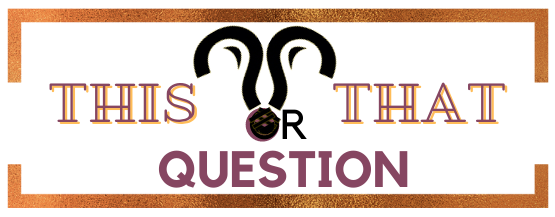When it comes to punctuation, the colon (:) and semicolon (;) are two of the most common symbols. Both symbols are used to join two or more related sentences or phrases. While both symbols have similar functions, they are actually quite distinct and have specific rules for their usage.
The colon is used to introduce a list, emphasize a statement, or indicate a ratio. The colon is usually placed after a complete sentence or independent clause. For example:
I have three items on my shopping list: apples, oranges, and bananas.
The semicolon, on the other hand, is used to join two related statements that could stand alone as complete sentences. For example:
I love to read; I often stay up late to finish a book.
The semicolon can also be used to separate items in a list when the items themselves already contain commas. For example:
I need to buy the following items: apples, oranges, and bananas; bread, milk, and eggs; and finally, cheese and crackers.
To summarize, the colon is used to emphasize a statement or introduce a list. The semicolon is used to join two related sentences and to separate items in a list when the items themselves already contain commas. When in doubt, always consult a grammar or style guide for the correct usage of these punctuation marks.When it comes to punctuation, the colon (:) and semicolon (;) are two of the most common symbols. Both symbols are used to join two or more related sentences or phrases. While both symbols have similar functions, they are actually quite distinct and have specific rules for their usage.
The colon is used to introduce a list, emphasize a statement, or indicate a ratio. The colon is usually placed after a complete sentence or independent clause. For example:
I have three items on my shopping list: apples, oranges, and bananas.
The semicolon, on the other hand, is used to join two related statements that could stand alone as complete sentences. For example:
I love to read; I often stay up late to finish a book.
The semicolon can also be used to separate items in a list when the items themselves already contain commas. For example:
I need to buy the following items: apples, oranges, and bananas; bread, milk, and eggs; and finally, cheese and crackers.
To summarize, the colon is used to emphasize a statement or introduce a list. The semicolon is used to join two related sentences and to separate items in a list when the items themselves already contain commas. When in doubt, always consult a grammar or style guide for the correct usage of these punctuation marks.When it comes to punctuation, the colon (:) and semicolon (;) are two of the most common symbols. Both symbols are used to join two or more related sentences or phrases. While both symbols have similar functions, they are actually quite distinct and have specific rules for their usage.
The colon is used to introduce a list, emphasize a statement, or indicate a ratio. The colon is usually placed after a complete sentence or independent clause. For example:
I have three items on my shopping list: apples, oranges, and bananas.
The semicolon, on the other hand, is used to join two related statements that could stand alone as complete sentences. For example:
I love to read; I often stay up late to finish a book.
The semicolon can also be used to separate items in a list when the items themselves already contain commas. For example:
I need to buy the following items: apples, oranges, and bananas; bread, milk, and eggs; and finally, cheese and crackers.
To summarize, the colon is used to emphasize a statement or introduce a list. The semicolon is used to join two related sentences and to separate items in a list when the items themselves already contain commas. When in doubt, always consult a grammar or style guide for the correct usage of these punctuation marks.When it comes to punctuation, the colon (:) and semicolon (;) are two of the most common symbols. Both symbols are used to join two or more related sentences or phrases. While both symbols have similar functions, they are actually quite distinct and have specific rules for their usage.
The colon is used to introduce a list, emphasize a statement, or indicate a ratio. The colon is usually placed after a complete sentence or independent clause. For example:
I have three items on my shopping list: apples, oranges, and bananas.
The semicolon, on the other hand, is used to join two related statements that could stand alone as complete sentences. For example:
I love to read; I often stay up late to finish a book.
The semicolon can also be used to separate items in a list when the items themselves already contain commas. For example:
I need to buy the following items: apples, oranges, and bananas; bread, milk, and eggs; and finally, cheese and crackers.
To summarize, the colon is used to emphasize a statement or introduce a list. The semicolon is used to join two related sentences and to separate items in a list when the items themselves already contain commas. When in doubt, always consult a grammar or style guide for the correct usage of these punctuation marks.


